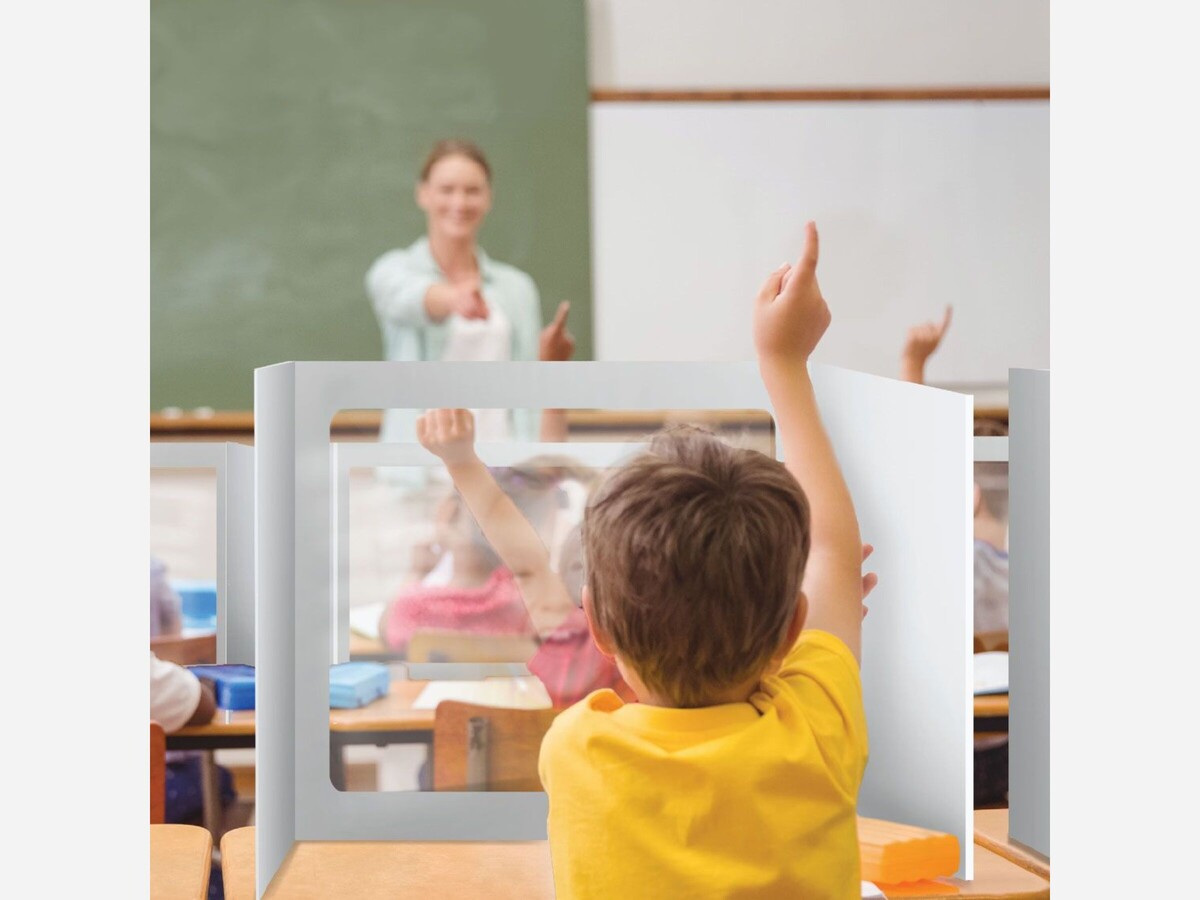Image


Plexiglas sales have tripled during the pandemic as schools and businesses nationwide invested over $750 million into the use of plastic shields to prevent the spread of COVID-19.
Two years into the pandemic, the effectiveness of plastic barriers in preventing infection is still contested among healthcare professionals.
Linsey Marr, a professor of civil and environmental engineering at Virginia Tech who studies viral spread through airways said, “Plexiglas barriers serve no purpose and in fact, they can be harmful because they can impede proper ventilation of a room.”
Marr goes on to say that the use of plastic barriers is beneficial in close, face-to-face interactions like at the grocery store checkout lane or in banks but stated that the barriers won’t protect you from catching COVID-19 in most indoor areas like offices, schools, and restaurants.
Plastic barriers can block large droplets spread by humans through close contact, but they are ineffective at preventing aerosol spread that is invisible to the human eye. The best analogy is in cigarette smoke; plastic barriers will prevent ash and debris from a cigarette, but the smoke will still spread throughout the indoor setting.
On the contrary, Dr. David Edwards, an aerosol expert, and professor at Harvard University said that Plexiglas-style barriers can still offer some useful protection, further supporting their use in schools and indoor settings.
Barriers help increase the distance between those infected and others around them, for this reason alone, Plexiglas-style barriers should continue to be used, according to Dr. Edwards.
Dr. Edwards further cites research stating that droplets from an infected individual only have to travel about three feet indoors to infect another person. However, plastic barriers increase the distance those droplets need to travel by 7 feet. This leads to a decreased rate of infection when barriers are in use.
While there is still no agreement among health experts on the effectiveness of plastic barriers, all health experts agree that the key to preventing the spread of COVID-19 lies in masks, vaccinations, ventilation, and air filtration.
How do you feel about the use of plastic barriers in offices and schools? Let us know in the comments below.